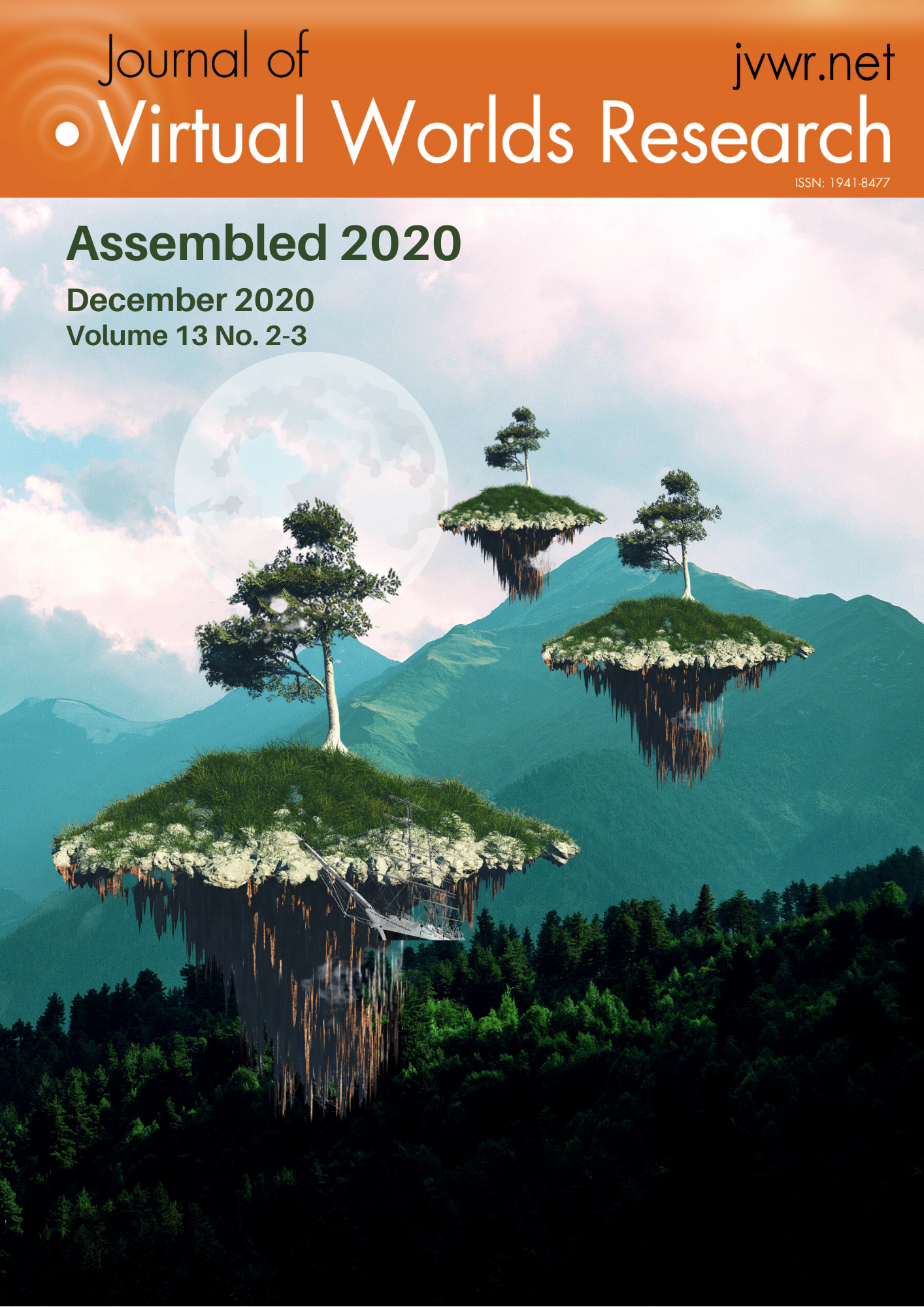The Use of Ambisonic Audio to Improve Presence, Focus, and Noticing While Viewing 360 Video
DOI:
https://doi.org/10.4101/jvwr.v13i2-3.7422Abstract
Research has provided evidence of the value of producing multiple representations of content for learners (e.g., verbal, visual, etc.). However, much of the research has acknowledged changes in visual technologies while not recognizing or utilizing related audio innovations. For instance, teacher education students who were once taught through two-dimensional video are now being presented with interactive, three-dimensional content (e.g., simulations or 360 video). Users in old and new formats, however, still typically receive monophonic sound. A limited number of research studies exist that have examined the impact of combining three-dimensional sound to match three-dimensional video in learning environments. The purpose of this study was to respond to this gap by comparing the outcomes of watching 360 video with either monophonic or ambisonic audio. Results provided evidence that ambisonic audio increased perceived presence for those familiar with the content being taught, led to differentiation in what ambisonic viewers noticed compared to monophonic groups, and improved participant focus in watching the 360 video. Implications for the development and implementation into virtual worlds are discussed.


